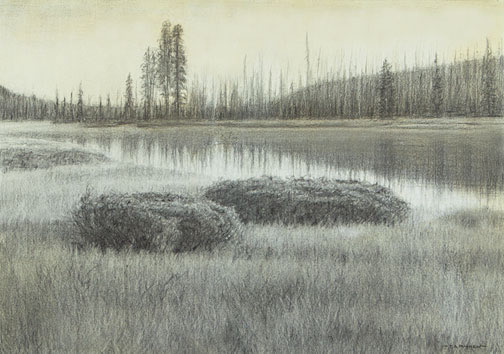Harvard University’s Fogg Museum will soon be hosting a lecture and seminar surrounding the traditional use of natural graphite drawing materials by artists from the 16th to 19th centuries. Who’s their expert guest?
Artist and scholar Timothy David Mayhew will be lecturing on the fascinating topic of natural graphite materials and techniques, circa 1500-1800, during an October 26 presentation at the Fogg Museum. Geared toward conservators, curators, scientists, and art historians, the talk will focus on the technical aspects of historical graphite and drawing media.

“Natural graphite was implemented for drawing and writing in the mid-1500s,” Mayhew said. “While much has been written on the history of graphite, most of it focuses on the history and development of the modern wood-encased fabricated graphite pencils most widely used for writing. Less well known is the way that natural graphite was used by artists for over three centuries, both before and after the development of modern fabricated graphite pencils. This presentation covers natural graphite’s geological formation, its unique working properties, field emission scanning electron microscopic images, and importantly it will document how it was used by artists from the 16th to 19th centuries organized century-by-century with historical references and images of extant drawings.”
To learn more, visit Harvard Art Museums.
This article was featured in Fine Art Today, a weekly e-newsletter from Fine Art Connoisseur magazine. To start receiving Fine Art Today for free, click here.








Andrew,
Thank you for this article on my lecture at Harvard.
I appreciate your spreading the word.